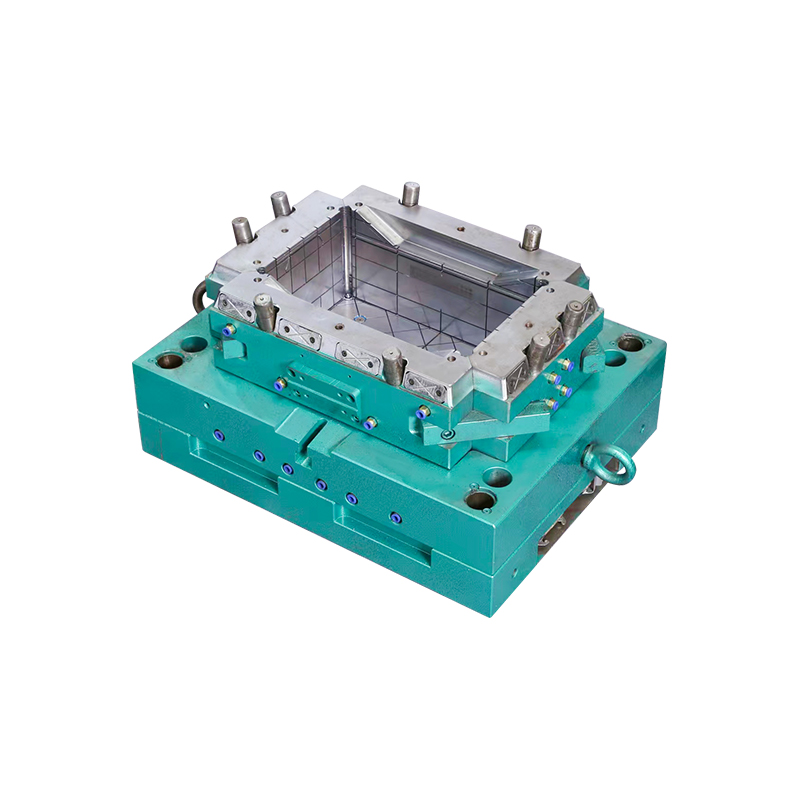
Precautions When Using Dustbin Molds
Dustbins, also known as trash cans or garbage bins, are essential fixtures in our homes, offices, and public spaces. These containers help maintain cleanliness and hygiene by providing a designated place for waste disposal. The production of dustbins often involves the use of molds, which are critical tools in the manufacturing process. However, working with dustbin molds requires careful attention to safety.
1. Proper Training:
Before operating trash can molds or any molding equipment, it is essential for all personnel involved to receive proper training. Training should cover the operation of the machinery, safety protocols, emergency procedures, and the correct use of personal protective equipment (PPE). Only trained and qualified individuals should be allowed to work with the molds.
2. Use of Personal Protective Equipment (PPE):
Personal protective equipment is a fundamental aspect of mold operation safety. When working with dustbin molds, the following PPE should be worn:
Safety glasses or goggles: These protect the eyes from potential debris, splashes, or chemicals that may be present in the molding process.
Respirator or dust mask: When working with materials that produce dust or fumes, a respirator or dust mask should be worn to prevent inhalation of harmful particles.
Gloves: Protective gloves, such as those made from nitrile or rubber, shield the hands from chemicals, hot materials, and sharp edges.
Ear protection: In noisy manufacturing environments, earplugs or earmuffs should be worn to protect against hearing damage.
Safety footwear: Steel-toed or composite-toed safety boots provide protection against heavy objects and potential foot injuries.
3. Machine Safety Checks:
Before using dustbin molds, perform thorough safety checks on the molding machinery. This includes inspecting:
Electrical components: Ensure that all electrical connections are secure and that there are no exposed wires or damaged cables.
Hydraulic systems: Check for leaks, damaged hoses, or loose connections in the hydraulic system, which can lead to accidents or equipment failure.
Mechanical parts: Inspect all moving parts, such as clamps, ejector pins, and sliders, to ensure they are in proper working condition.
Emergency stop button: Confirm that the emergency stop button is functional and easily accessible in case of an emergency.
Proper guarding: Ensure that all moving parts are adequately guarded to prevent accidental contact.
4. Material Handling:
Handling the materials used in the molding process requires care and attention:
Material storage: Store raw materials, such as plastic resins or rubber compounds, in a cool, dry place away from direct sunlight to prevent degradation.
Material loading: When loading materials into the molding machine, follow proper procedures to minimize the risk of spills, splashes, or exposure to hazardous substances.
Material mixing: If material mixing is required, strictly follow the manufacturer's guidelines and safety instructions to avoid chemical reactions or exposure to harmful fumes.
5. Proper Ventilation:
Ensure that the workspace is adequately ventilated to minimize the concentration of fumes, dust, or gases produced during the molding process. Proper ventilation helps maintain air quality and reduces the risk of respiratory issues for workers.
6. Machine Lockout/Tagout:
Implement a lockout/tagout (LOTO) procedure when performing maintenance or repairs on molding machines. LOTO procedures involve disconnecting energy sources and locking or tagging machinery to prevent accidental startup or operation during maintenance activities.
7. Regular Maintenance:
Scheduled maintenance is crucial for keeping dustbin molds and molding equipment in safe working condition. Maintenance tasks should include cleaning, lubrication, inspection, and replacement of worn or damaged components. Follow the manufacturer's maintenance guidelines and keep detailed records of maintenance activities.
8. Emergency Preparedness:
Be prepared for emergencies by having well-defined procedures in place:
Emergency response plan: Develop and communicate an emergency response plan that outlines procedures for responding to accidents, fires, chemical spills, and other emergencies.
Emergency equipment: Ensure that fire extinguishers, first aid kits, eye wash stations, and emergency showers are readily accessible and regularly inspected.
Training: Provide training to employees on emergency response procedures, including evacuation routes and assembly points.

 English
English  русский
русский Español
Español






